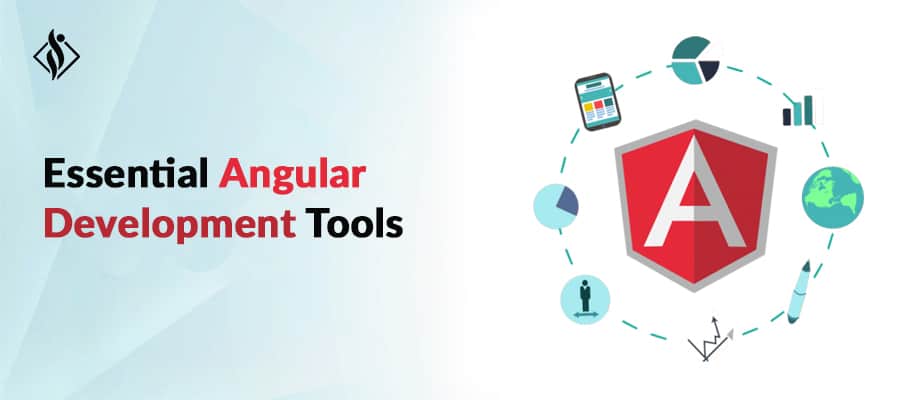Yibai Insights
Explore the latest trends, news, and insights from around the world.
Angular Adventures: Building Dynamic Web Wonders
Unleash your coding creativity! Join us in Angular Adventures and master the art of building stunning, dynamic web applications today!
Understanding Angular: A Comprehensive Guide to Framework Fundamentals
Understanding Angular is essential for developers looking to build dynamic, single-page applications (SPAs) with ease and efficiency. This open-source web application framework, maintained by Google, is built on TypeScript and leverages a component-based architecture for enhanced code reusability and modularity. As you delve into this comprehensive guide to framework fundamentals, you'll discover the core concepts of Angular, including its powerful features such as dependency injection, routing, and two-way data binding.
To get started with Angular, it is crucial to grasp the key building blocks of the framework. These include components, which encapsulate the HTML, CSS, and functionality of a part of your application, and services, which facilitate the sharing of data and functionality across components. Additionally, understanding the Angular CLI (Command Line Interface) is vital, as it streamlines the development process by providing robust tools for creating, managing, and testing Angular applications efficiently. By mastering these fundamentals, you'll be well-equipped to leverage the full potential of Angular in your web development projects.

10 Common Angular Mistakes to Avoid While Building Dynamic Web Applications
Building dynamic web applications using Angular can be an exciting journey, but it comes with its challenges. One of the common mistakes that developers make is neglecting to understand the Angular lifecycle hooks. Failing to utilize these hooks effectively can lead to performance issues and unexpected behavior within your application. For instance, not implementing ngOnInit for initialization purposes can result in undefined variables or missed opportunities to load necessary data when a component is created.
Another frequent pitfall is improper state management. Many developers struggle with keeping application state consistent, especially in complex applications. Utilizing state management libraries like NgRx can help maintain a predictable state. Furthermore, avoid sharing state directly between components, as it can lead to tightly coupled code and make your application harder to maintain. By following these best practices, you can prevent these common Angular mistakes and ensure a smoother development process.
How to Optimize Your Angular App for Better Performance?
Optimizing your Angular app for better performance is crucial in ensuring a seamless user experience. One of the first steps to enhance performance is to implement Lazy Loading. This technique allows you to load modules only when they are needed, reducing the initial load time of the application. By using Angular's built-in router, you can configure routes to load specific modules on demand. Additionally, consider utilizing the AOT (Ahead-of-Time) compilation feature, which compiles your app at build time rather than at runtime, resulting in faster rendering for the end user.
Another important aspect is to minimize the number of HTTP requests made by your application. Bundling assets and using the Angular CLI's optimization features can drastically reduce the amount of data downloaded by the client. Furthermore, implement Change Detection Strategy to track updates more efficiently; using OnPush strategy can significantly improve change detection performance. Lastly, always keep an eye on application performance using tools like Angular Performance Profiler and analyze your app's runtime behavior to identify bottlenecks and optimize them accordingly.